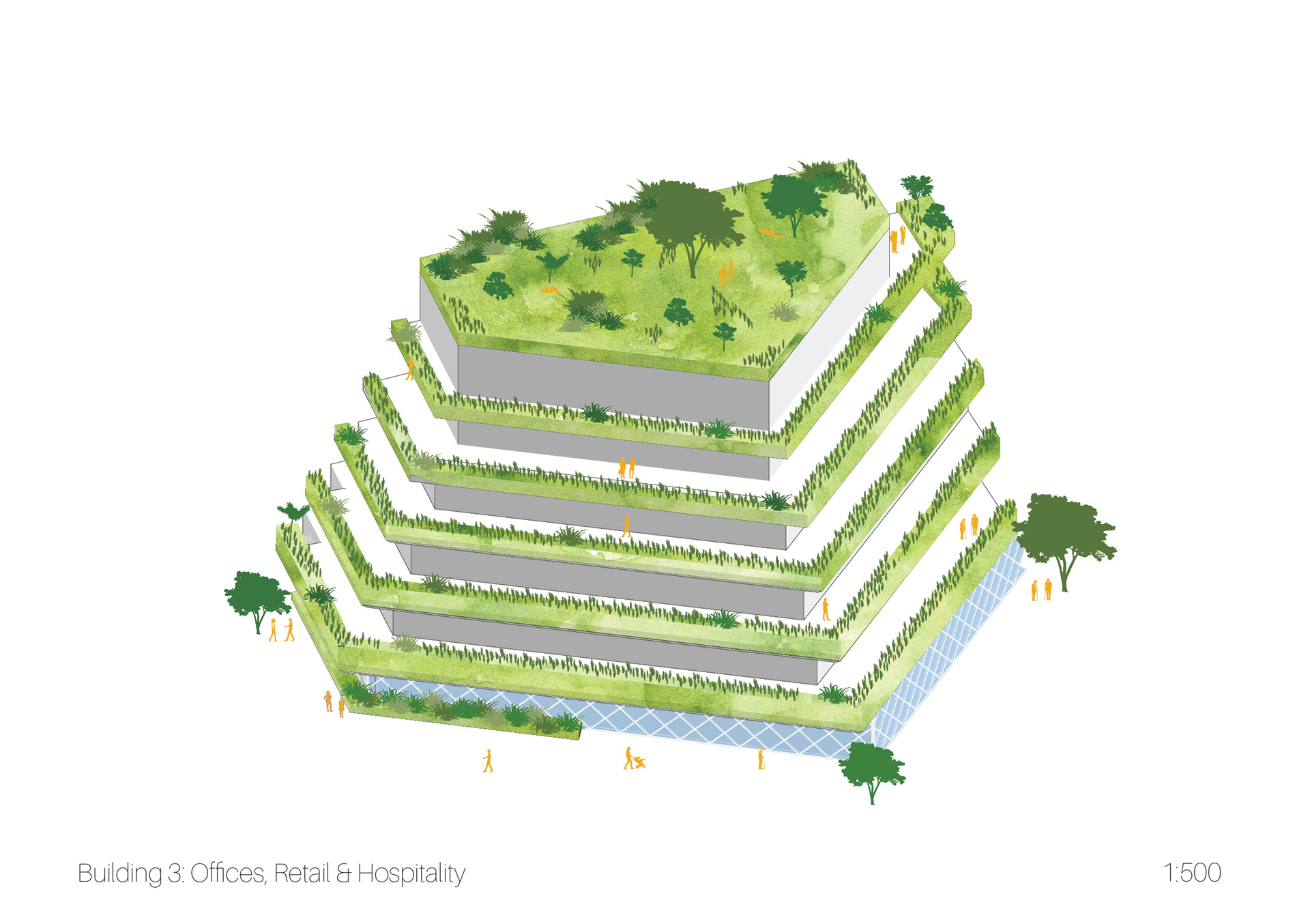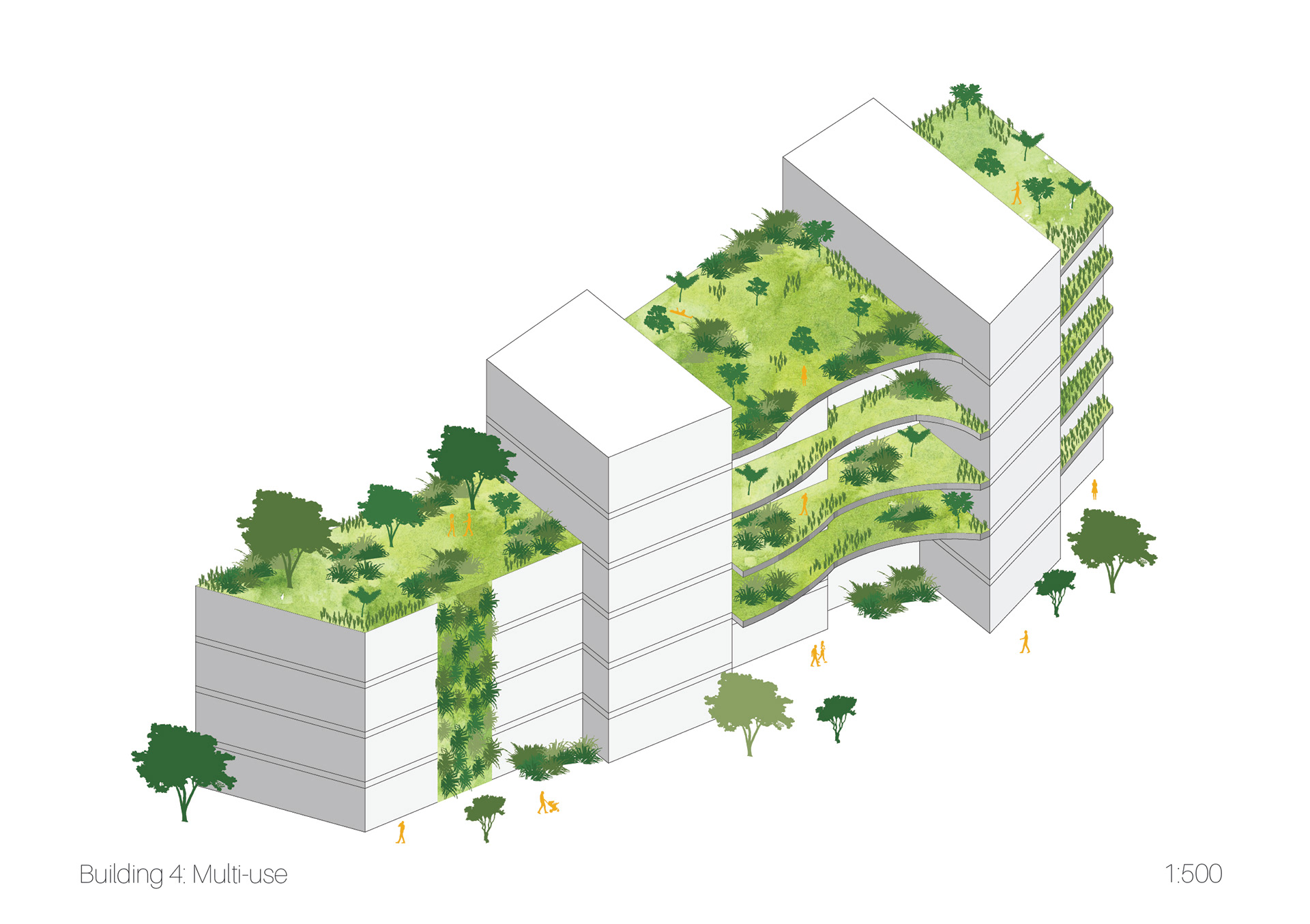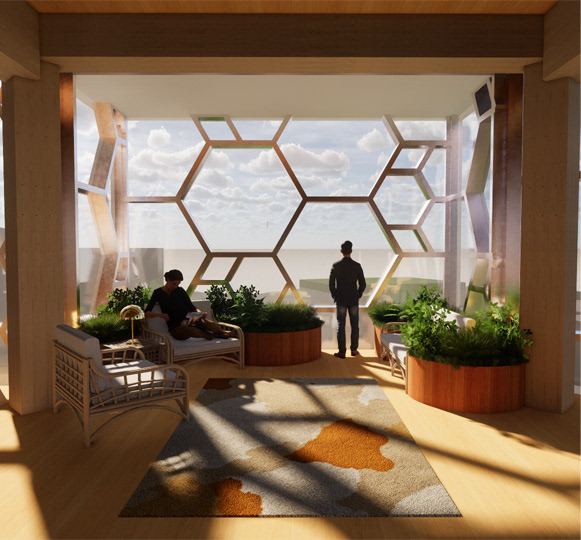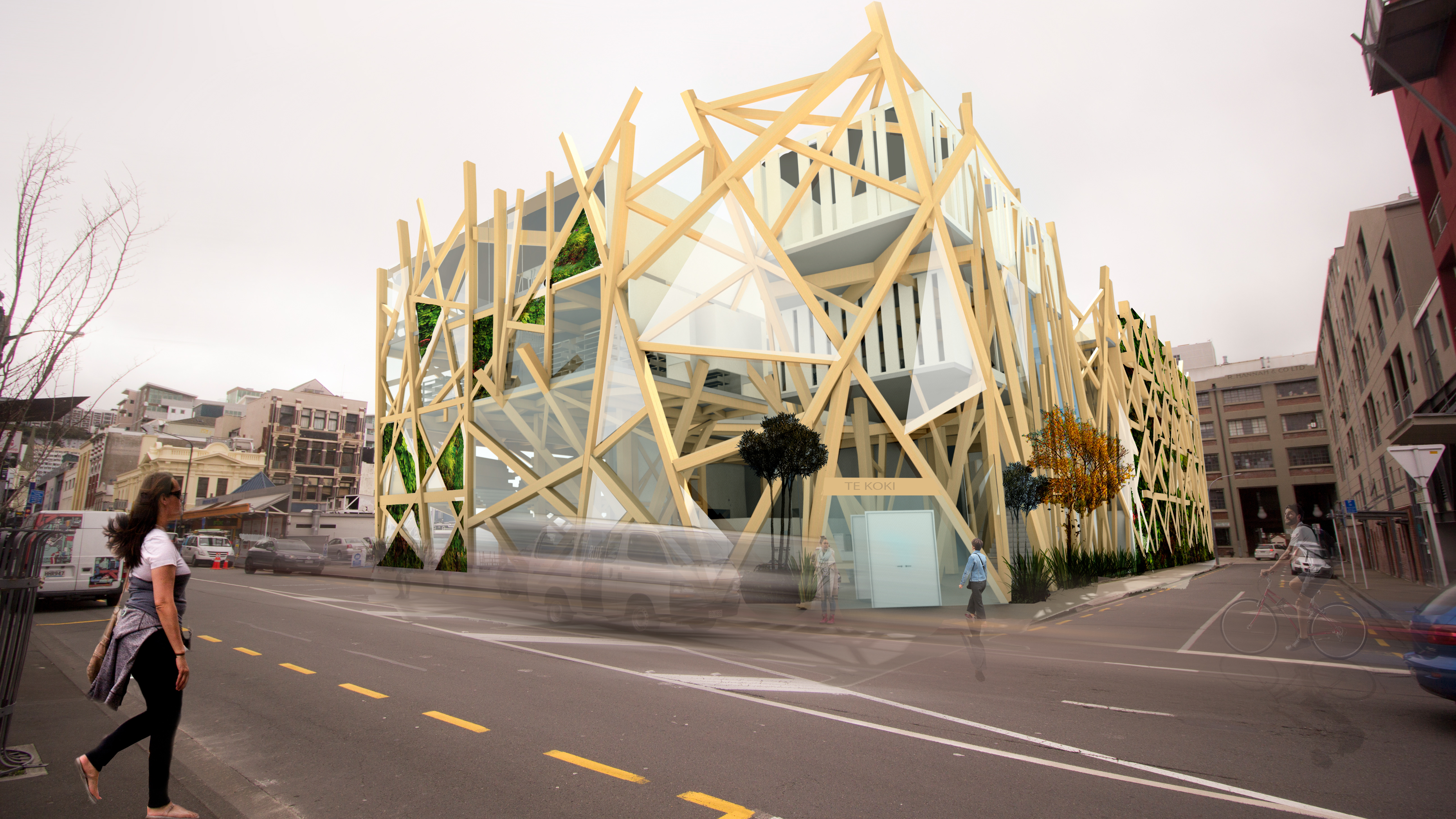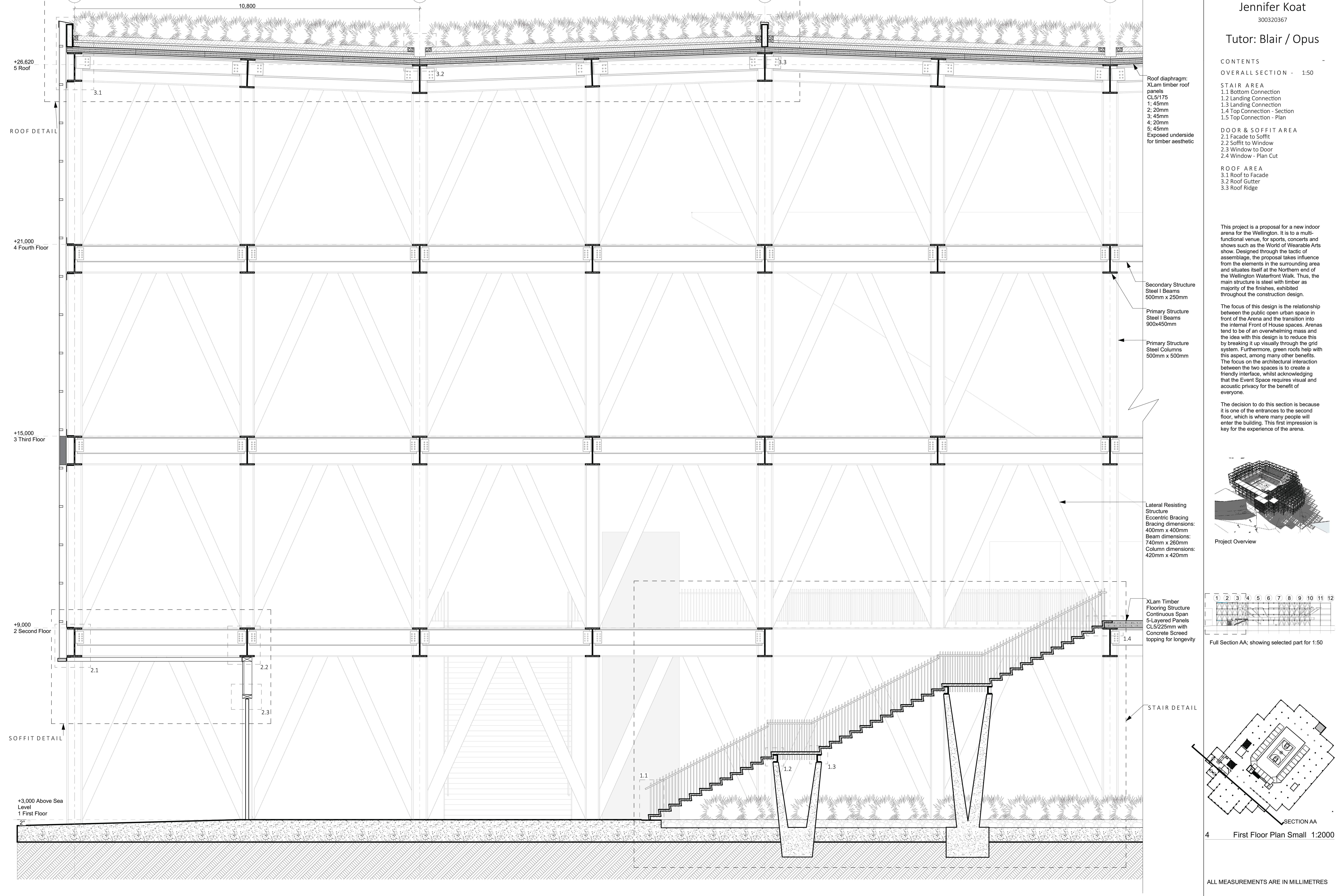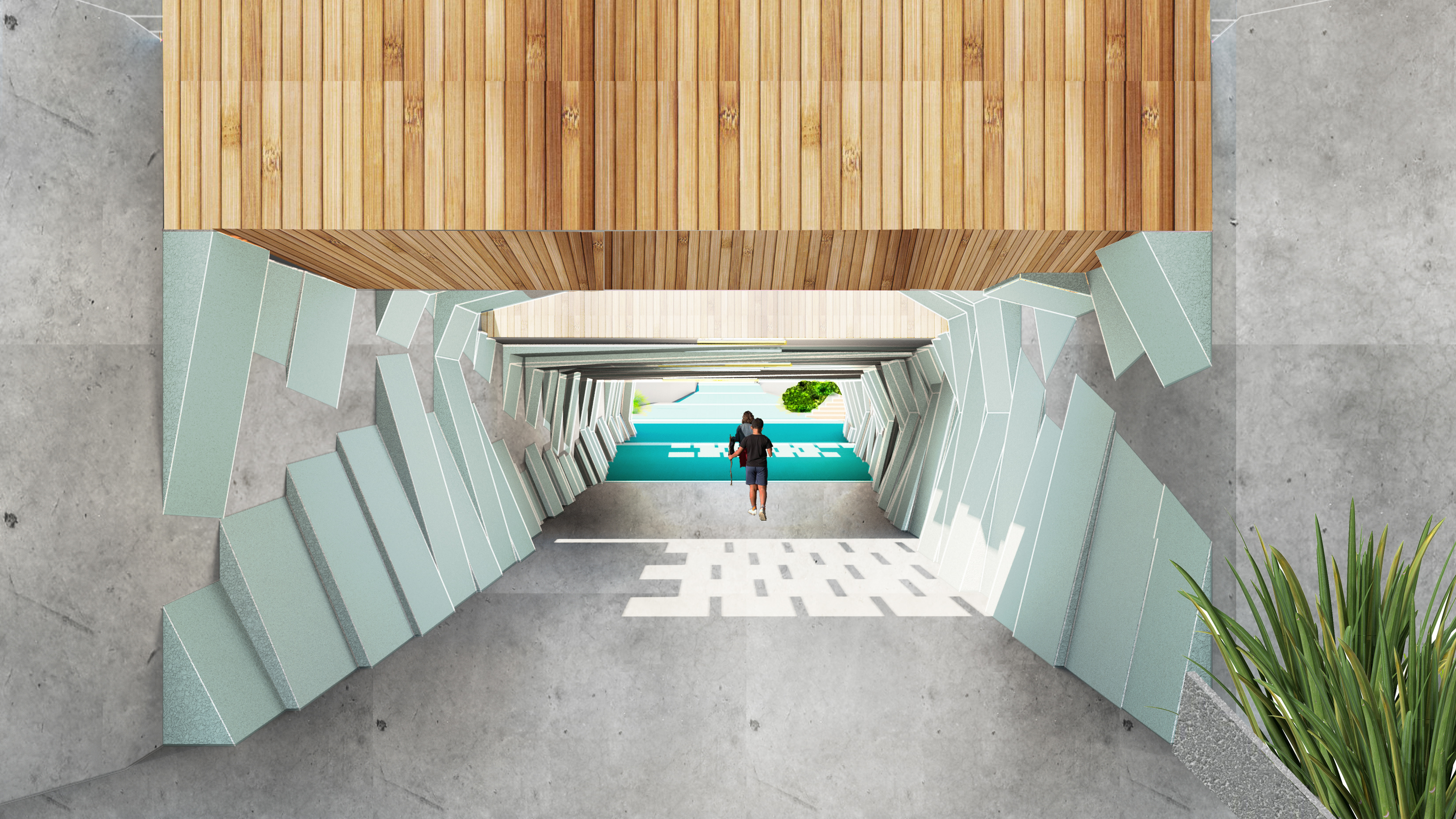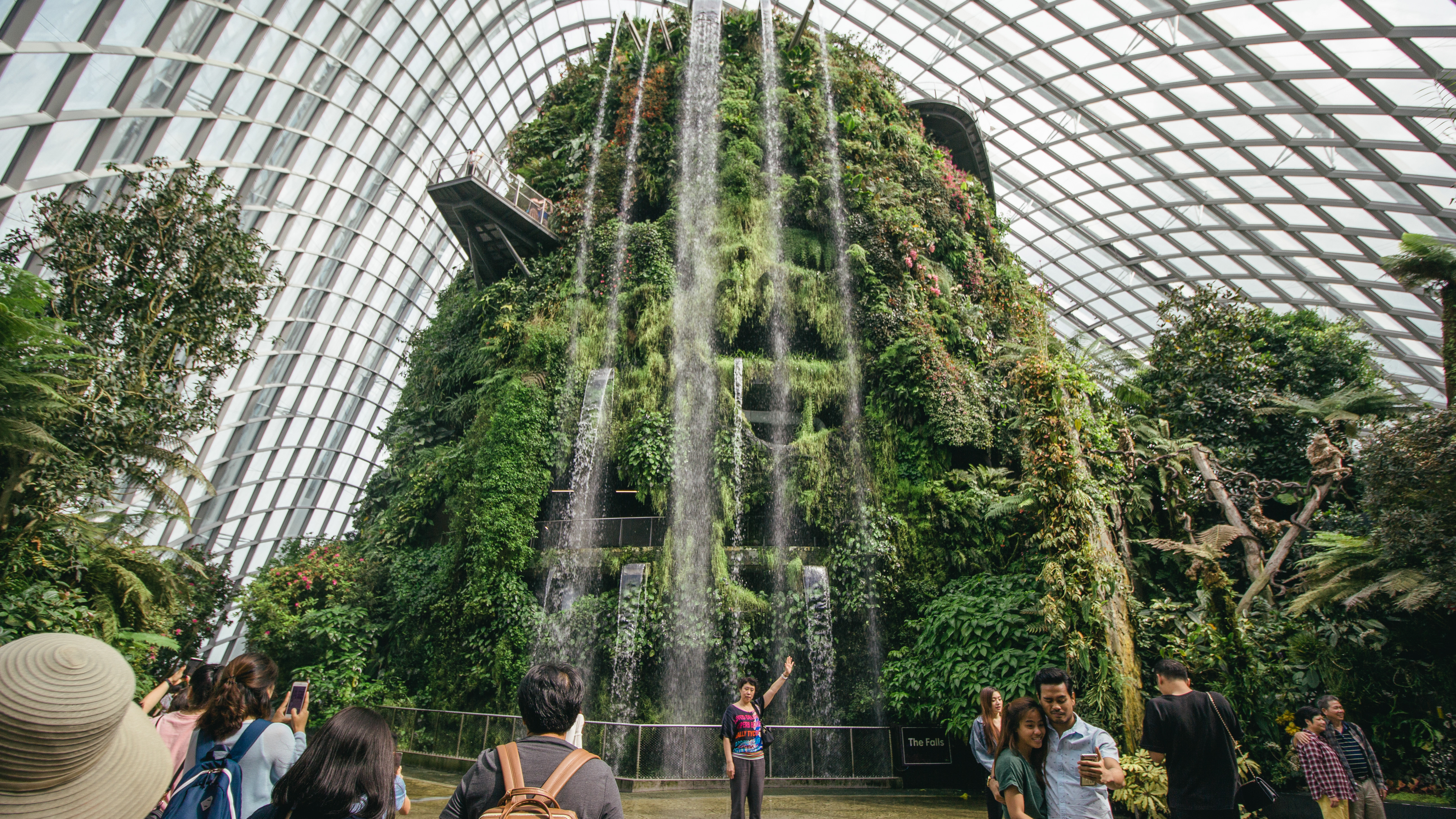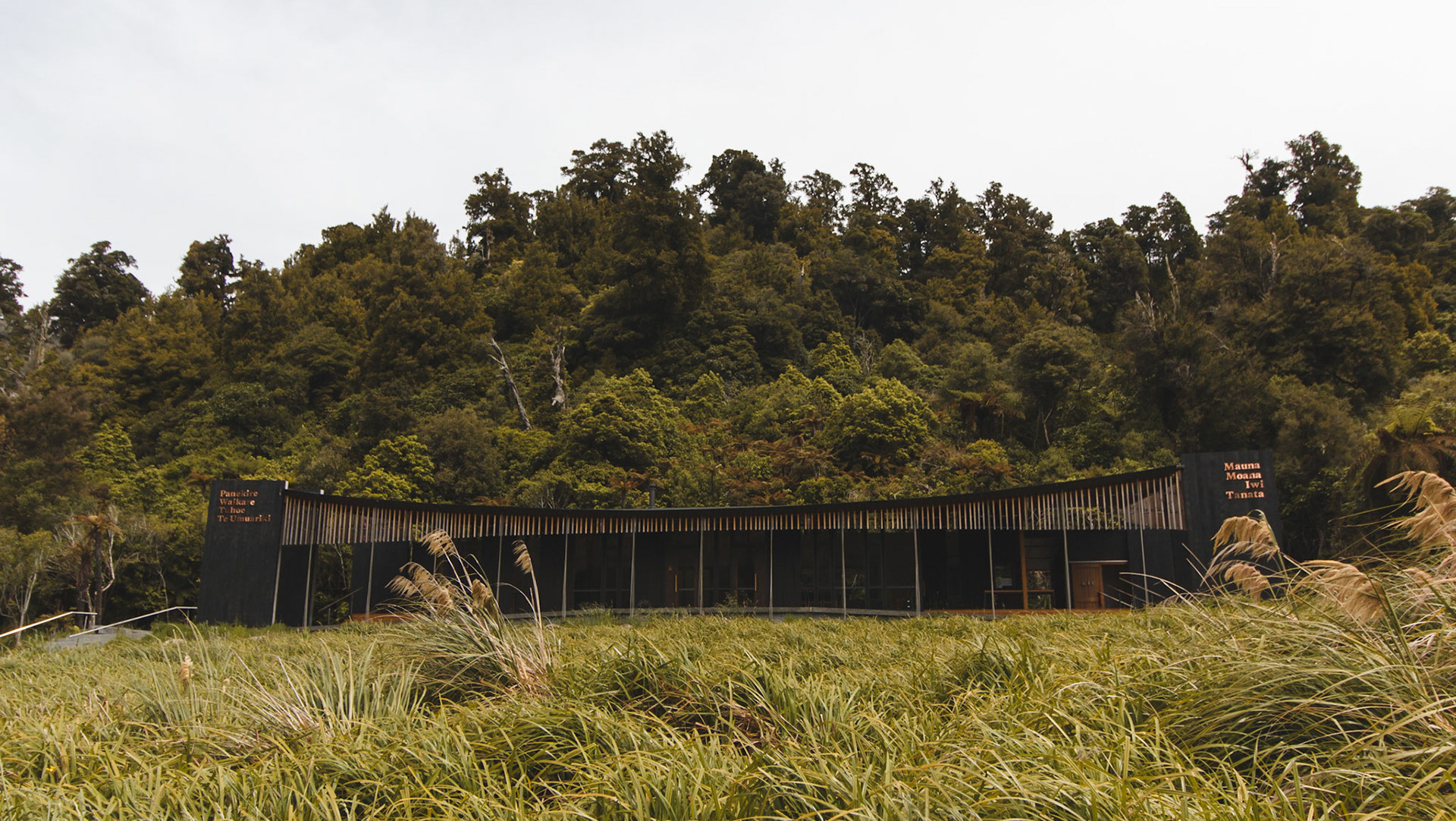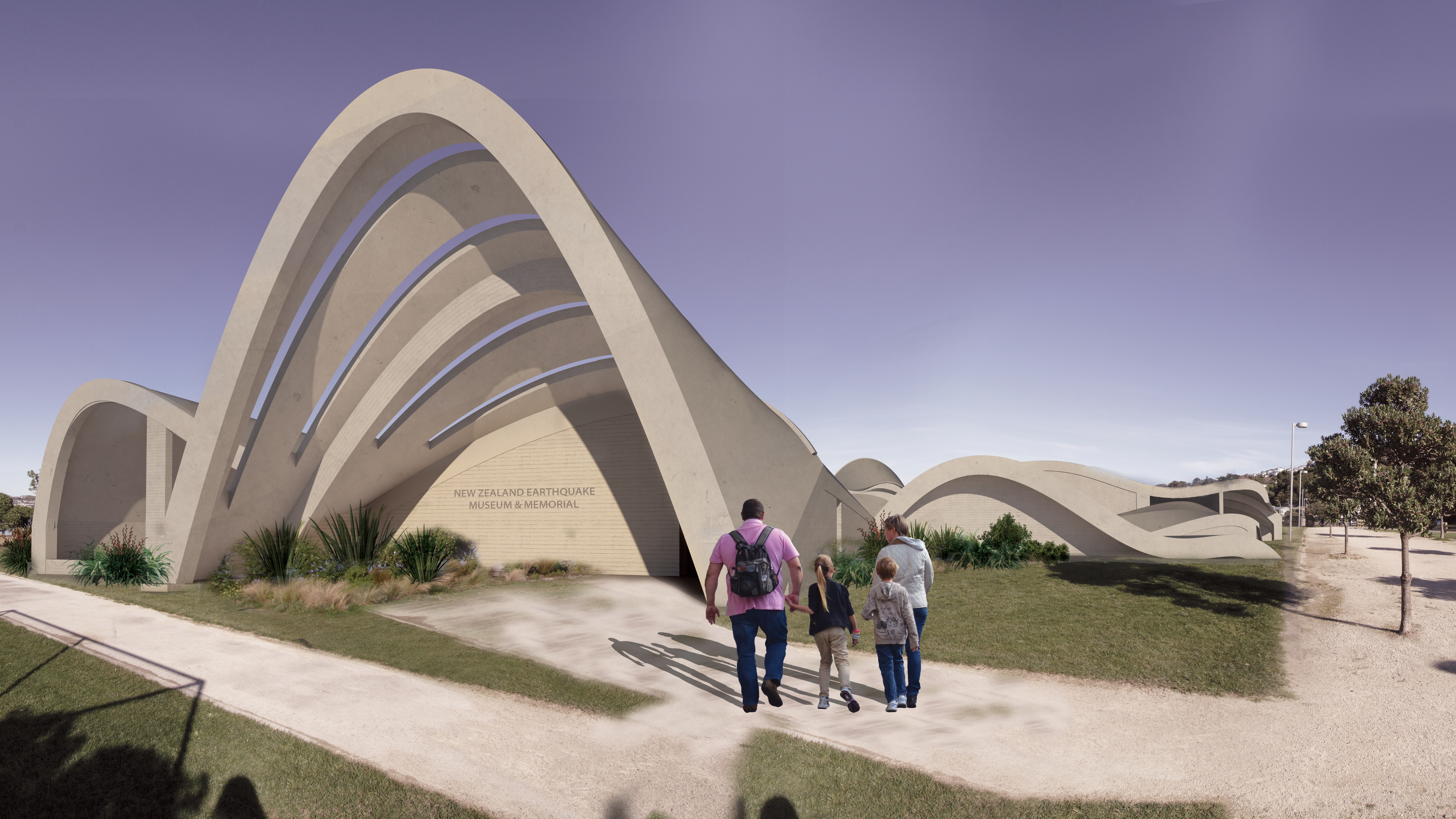Through an ecosystem services framework and by incorporating biophilic design principles; how can architecture and urban design contribute to regeneration and increased native biodiversity in Wellington while concurrently increasing human wellbeing?
This final research project was a multi-scalar exploration of how to create architecture and urban design that aims to regenerate ecosystems and their services, increase native biodiversity, and increase human wellbeing.
The three different scaled sites are all in the Eastern half of Wellington CBD, the part of the city that is largely devoid of biodiversity and greenery.
1. Urban Street – Tory Street, 1.5km in the Wellington CBD
2. City Block – Courtenay Central
3. Single Building Site – 24 Tory Street
2. City Block – Courtenay Central
3. Single Building Site – 24 Tory Street
The main findings from the research were:
Both biophilic design and ecosystem services need to be considered from the beginning of the design process.
A holistic perspective of the site, the city, the local region, and the world is required to understand the implications the design may have on local and distant ecosystems.
Relating the ecosystem services to the building services is a way for designers to understand how the ecosystem services can integrate with them.
Both biophilic design and ecosystem services need to be considered from the beginning of the design process.
A holistic perspective of the site, the city, the local region, and the world is required to understand the implications the design may have on local and distant ecosystems.
Relating the ecosystem services to the building services is a way for designers to understand how the ecosystem services can integrate with them.
ECOSYSTEM SERVICES: Ecosystem services are what healthy ecosystems produce that benefit humans. There are four groups: regulating, supporting, provisioning and cultural services and a total of 23 services. Cultural services are not explicitly explored in this research, they share many similarities with biophilic design principles.
BIOPHILIC DESIGN PRINCIPLES; Biophilic design has developed from the theory of biophilia. Biophilic designs principles are based on the concept of biophilia; the innate connection and tendency to relate to nature. Biophilic design encompasses urban design, architecture, and interior spaces.
BIODIVERSITY; “The variety of plant and animal life in the world or in a particular habitat, a high level of which is usually considered to be important and desirable.” (Oxford University Press, 2019)
WELLBEING; “When individuals have the psychological, social and physical resources they need to meet a particular psychological, social and/or physical challenge. When individuals have more challenges than resources, the see-saw dips, along with their wellbeing and vice-versa.” (Dodge, Daly, Huyton, & Sanders, 2012)
BIOPHILIC DESIGN PRINCIPLES; Biophilic design has developed from the theory of biophilia. Biophilic designs principles are based on the concept of biophilia; the innate connection and tendency to relate to nature. Biophilic design encompasses urban design, architecture, and interior spaces.
BIODIVERSITY; “The variety of plant and animal life in the world or in a particular habitat, a high level of which is usually considered to be important and desirable.” (Oxford University Press, 2019)
WELLBEING; “When individuals have the psychological, social and physical resources they need to meet a particular psychological, social and/or physical challenge. When individuals have more challenges than resources, the see-saw dips, along with their wellbeing and vice-versa.” (Dodge, Daly, Huyton, & Sanders, 2012)
